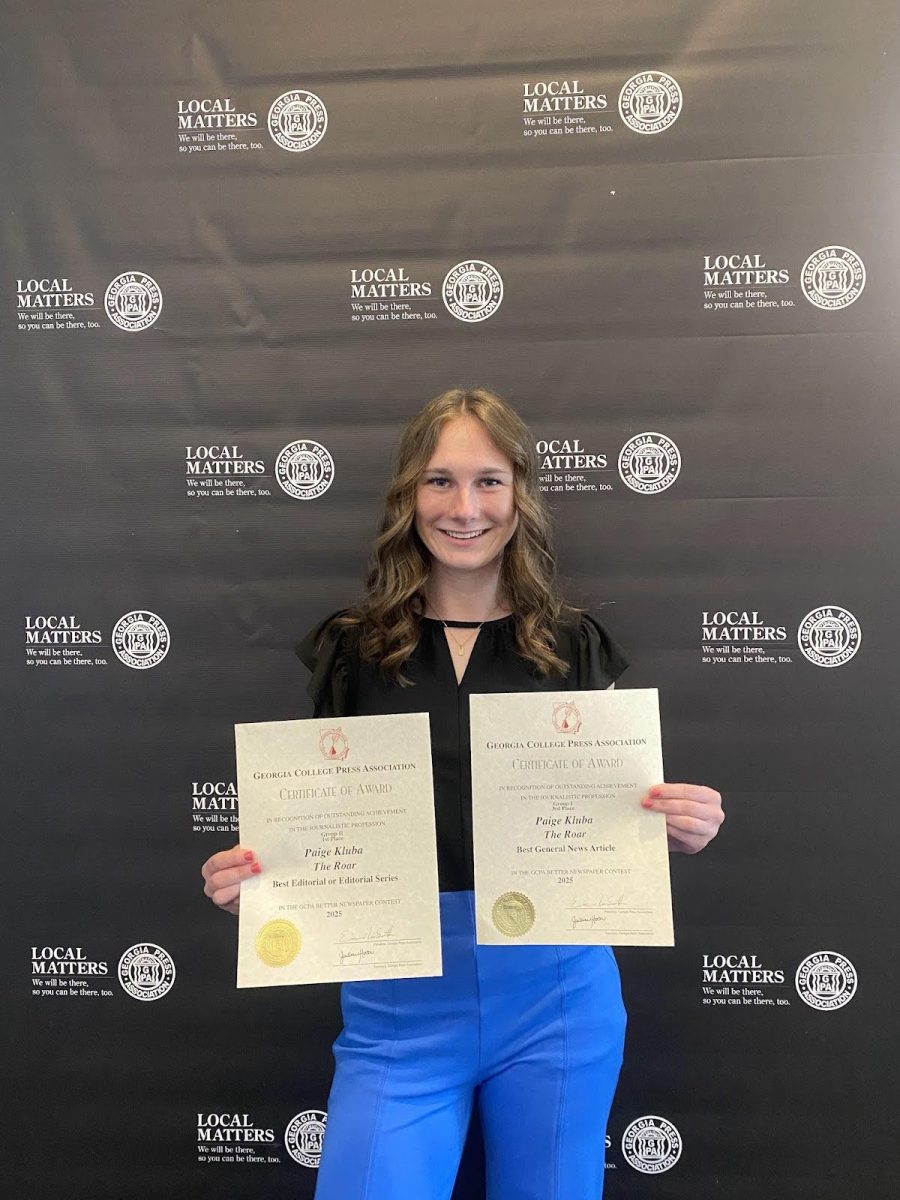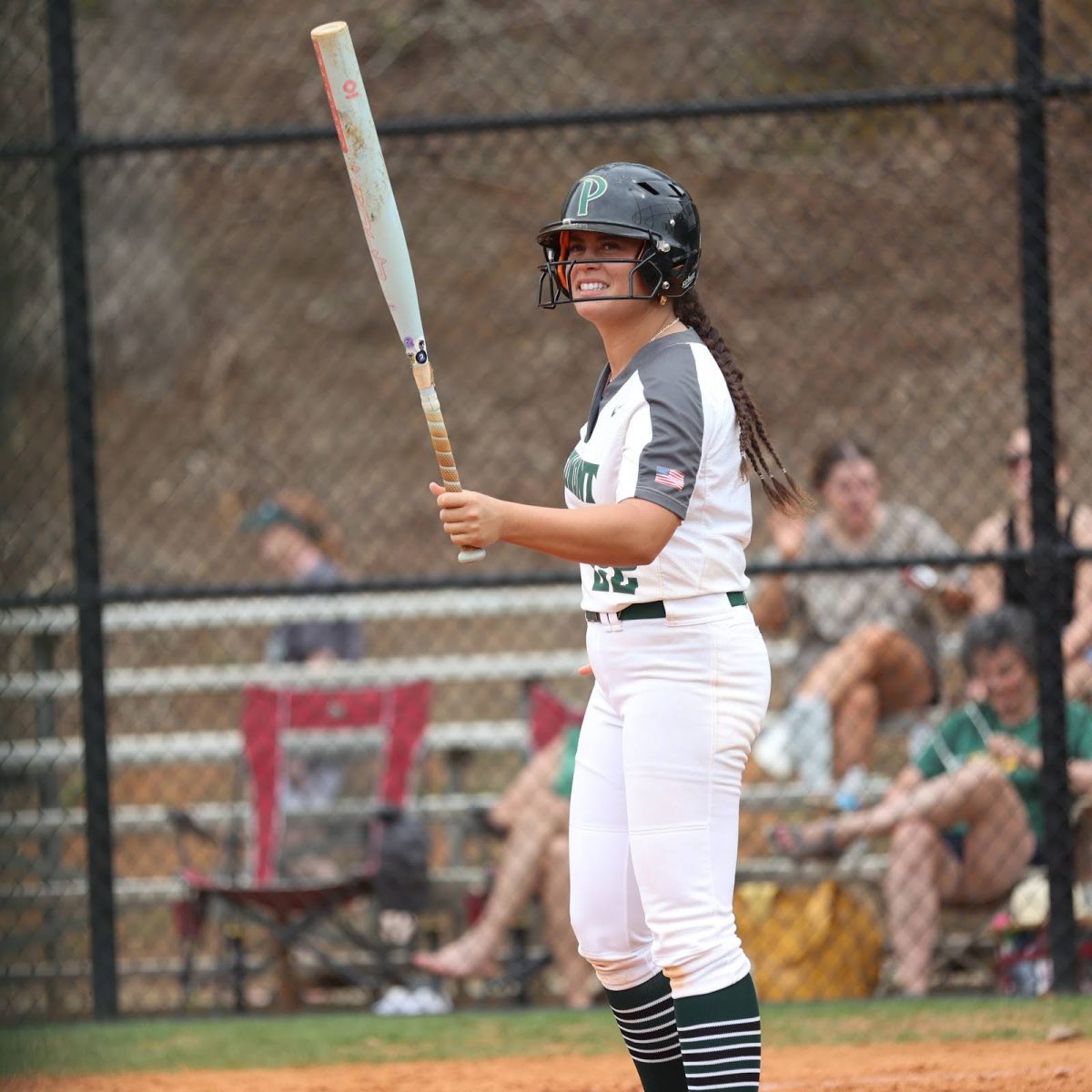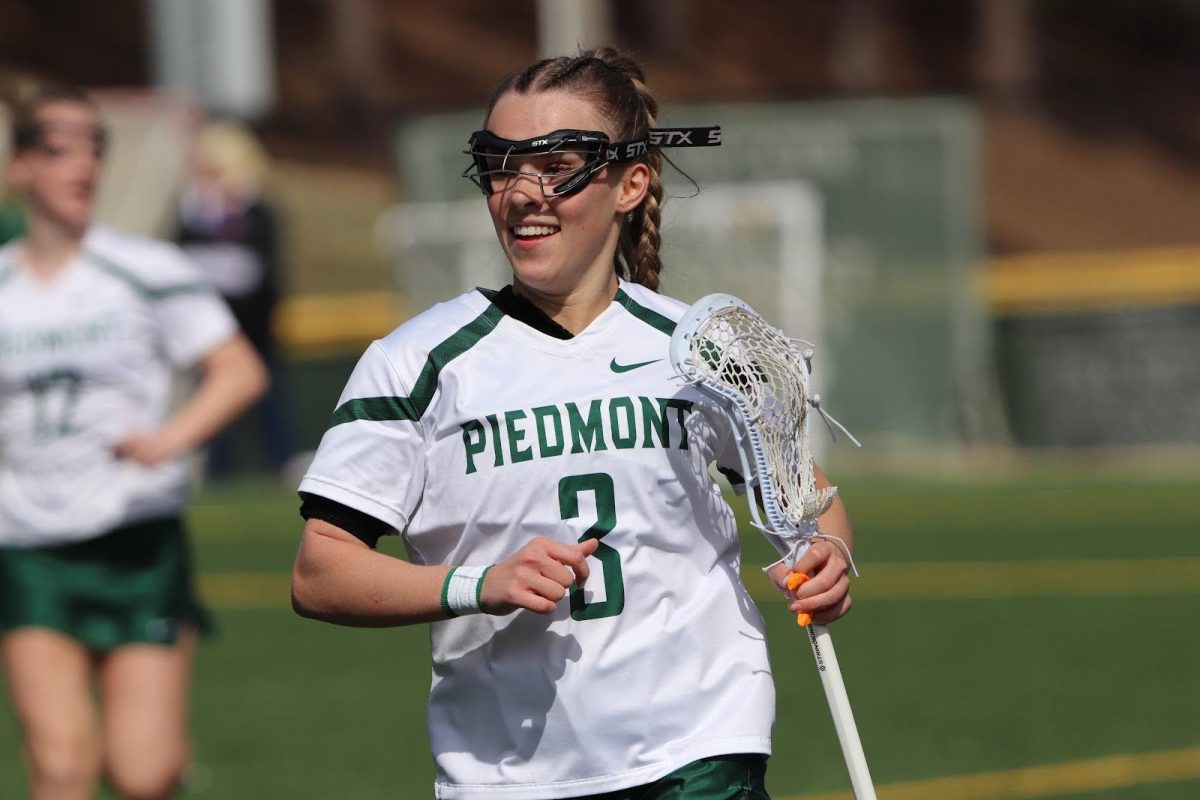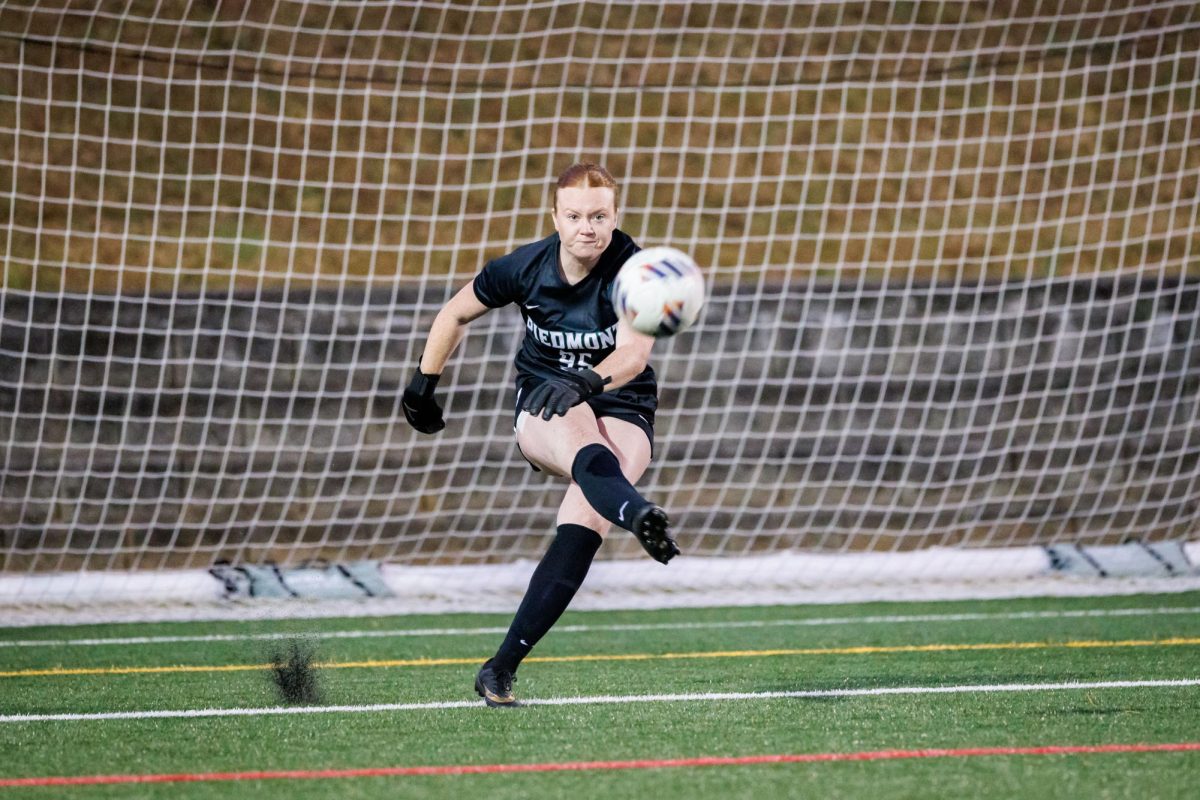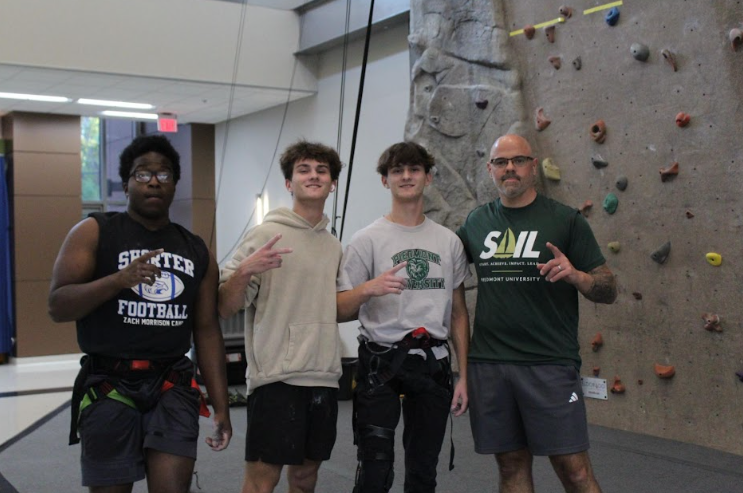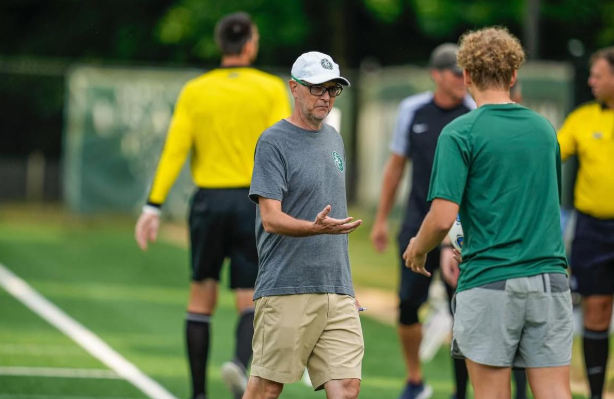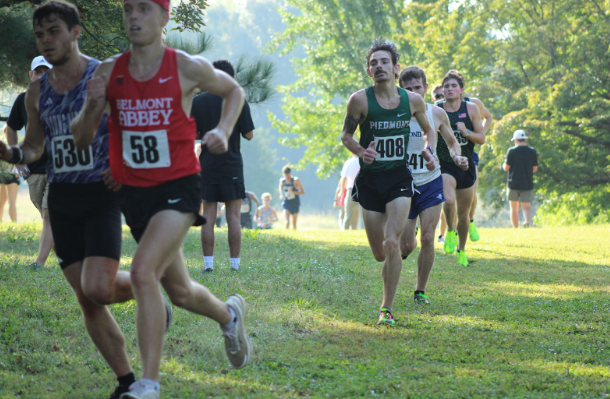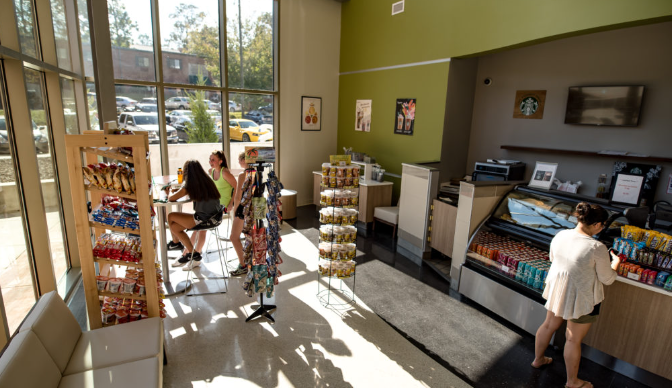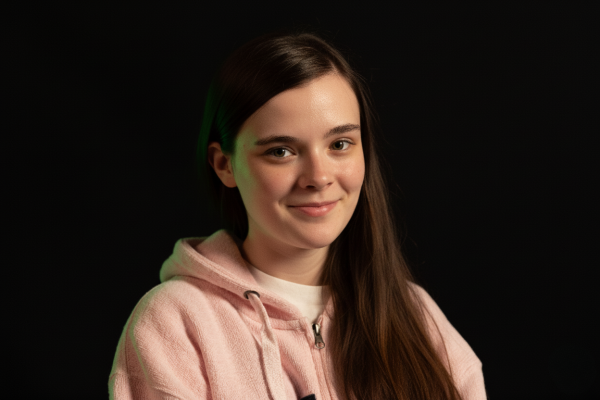In 2024 alone, there have been 39 school shootings across the United States, the second highest number recorded since 2018. Throughout the entire nation, 18 people died and 59 other individuals were injured this year due to gun violence in schools.
Each number is more than a statistic. Every number represents lives shattered, futures stolen and communities left to grieve.
On Jan. 22, 2025, a school shooting occurred in the cafeteria of Antioch High School in Nashville, Tennessee. One student was killed, and two other individuals were injured. Authorities confirmed that the shooter, Solomon Henderson, died from a self-inflicted gunshot wound.
Before the shooter passed away, he posted a 51-page document on his public X account for everyone to read. His X account was up for more than 10 hours before it got removed from the platform permanently.
The document contained violent white supremacist beliefs. The shooter expressed extreme self-hatred as an African American, and he wrote of wishing to incite violence against other African Americans. Additionally, Henderson expressed violent hatred towards other minority groups in this document, posting extremely violent antisemitic ideas and conspiracy theories to describe how he felt.
Henderson was found to be linked to Natalie Rupnow, a 15-year-old girl who opened fire at Abundant Life Christian School in Madison, Wisconsin. The two teenagers were active in the same online networks that glorified mass shooters, providing them with easier ways to connect.
Many online accounts reviewed by law enforcement found Rupnow participated in posting and showing interest in neo-Nazi ideology and neo-Nazi violence. She also demonstrated interest in online forums that revered mass shooters.
Both of these individuals were connected to communities online that fostered horrific extremist thoughts and beliefs.
Every time another school shooting takes place, we ask the same questions: Why did this happen? How could we have stopped it? While each case has its own story, a disturbing pattern appears. Young people who are often isolated and visibly struggling may turn to online communities that promote violent extremism.
Curious teenagers may find themselves scrolling through various pages of content, searching for meaning in online communities. The algorithm hand-feeds these young minds anger, conspiracy and division. In the blink of an eye, they’ve been pulled into a world where hate feels justified, even comforting.
Education is a powerful tool that we must use to prevent violent extremism. With education to assist students in recognizing manipulation and propaganda, we may find ourselves living in a better world. But how can we utilize education to prevent tragedy?
It’s simple — by promoting media literacy.
Media literacy is the ability to critically analyze and evaluate the messages depicted through media.
The United Nations Alliance of Civilizations recognized that media literacy could assist with developing peacebuilding initiatives since it would address the polarization that leads to identity-based violent confrontations.
We can start small — teaching our youth and even our peers to question the credibility of sources. By doing so, individuals will learn to consider the intent behind messages and recognize where they are coming from, allowing them to identify possible biases. In this way, individuals can distinguish trustworthy information from harmful propaganda.
The fight against the radicalization of our youth isn’t just about fighting against harmful ideologies but about giving young people the chance to think for themselves, challenge manipulation spread online, and allow them to build a future driven by knowledge.
When we teach people to question, think and see through manipulation spread through the media they consume, we don’t just protect them. We give them the chance to shape a better future.



